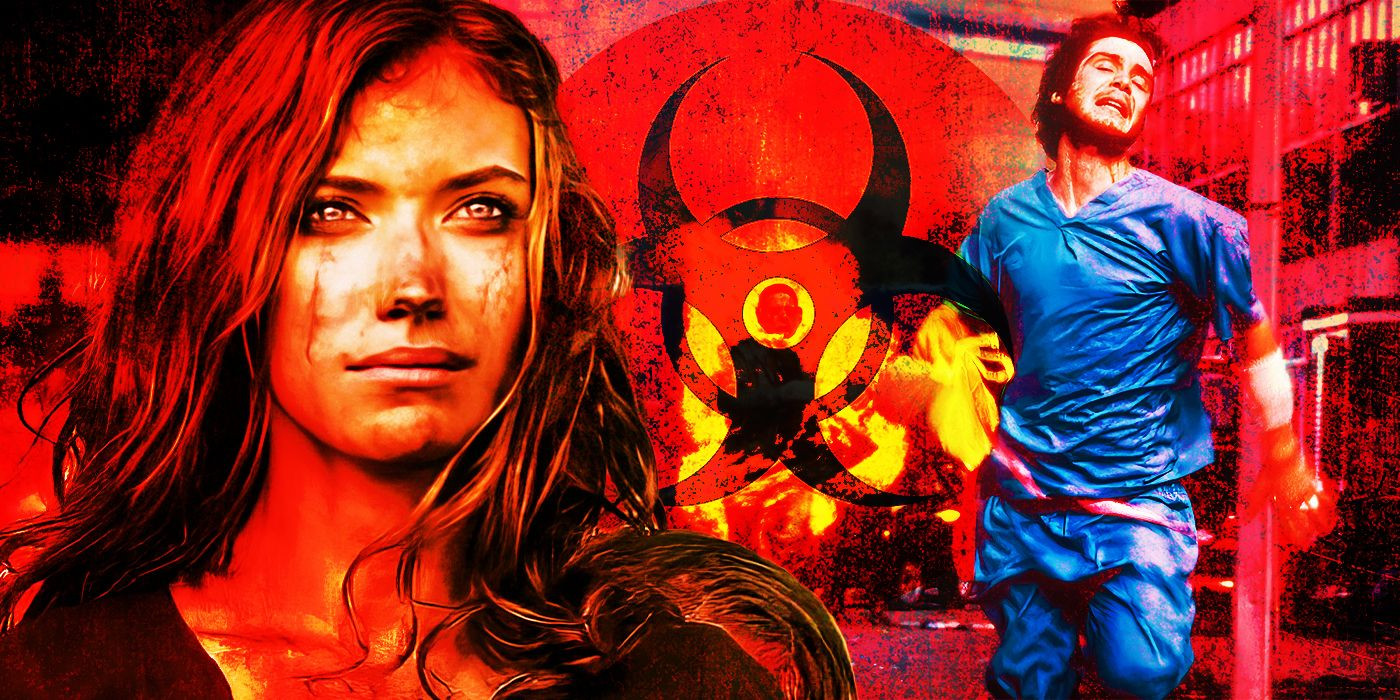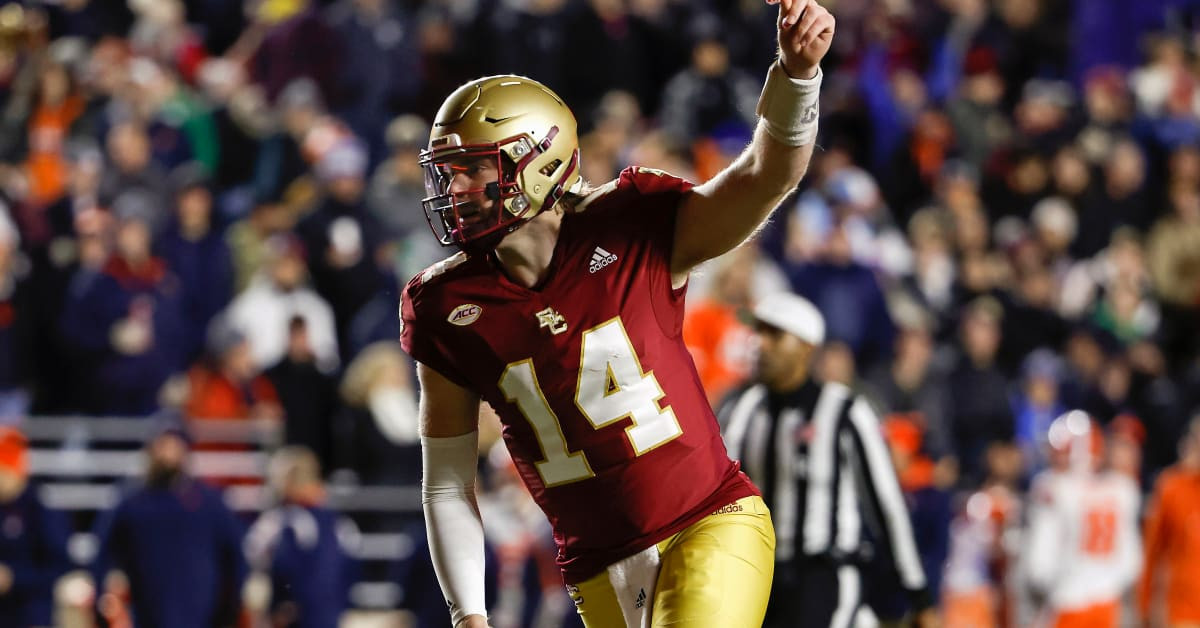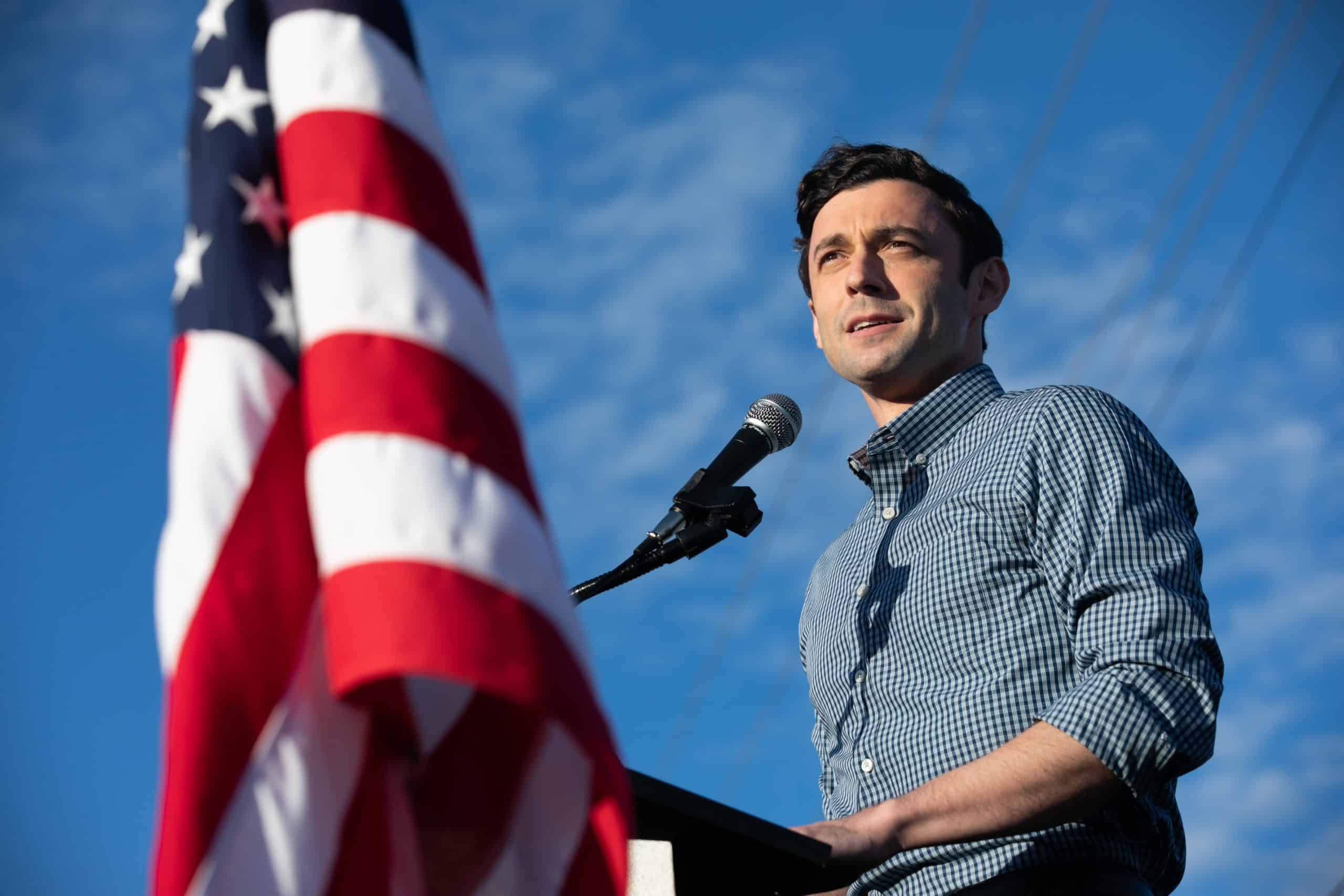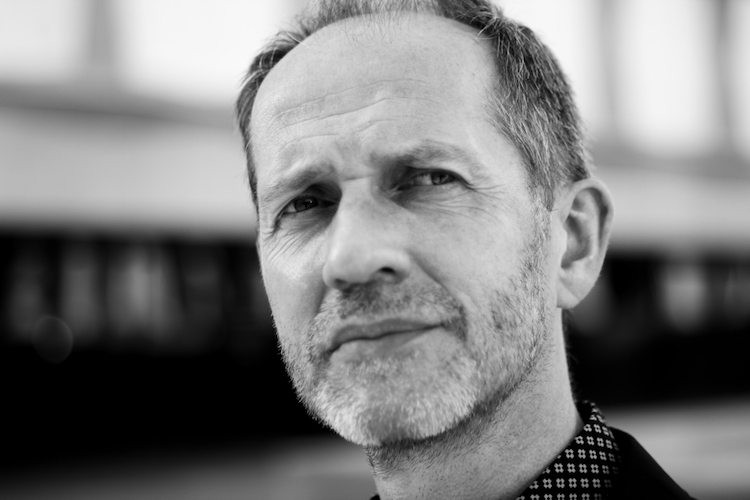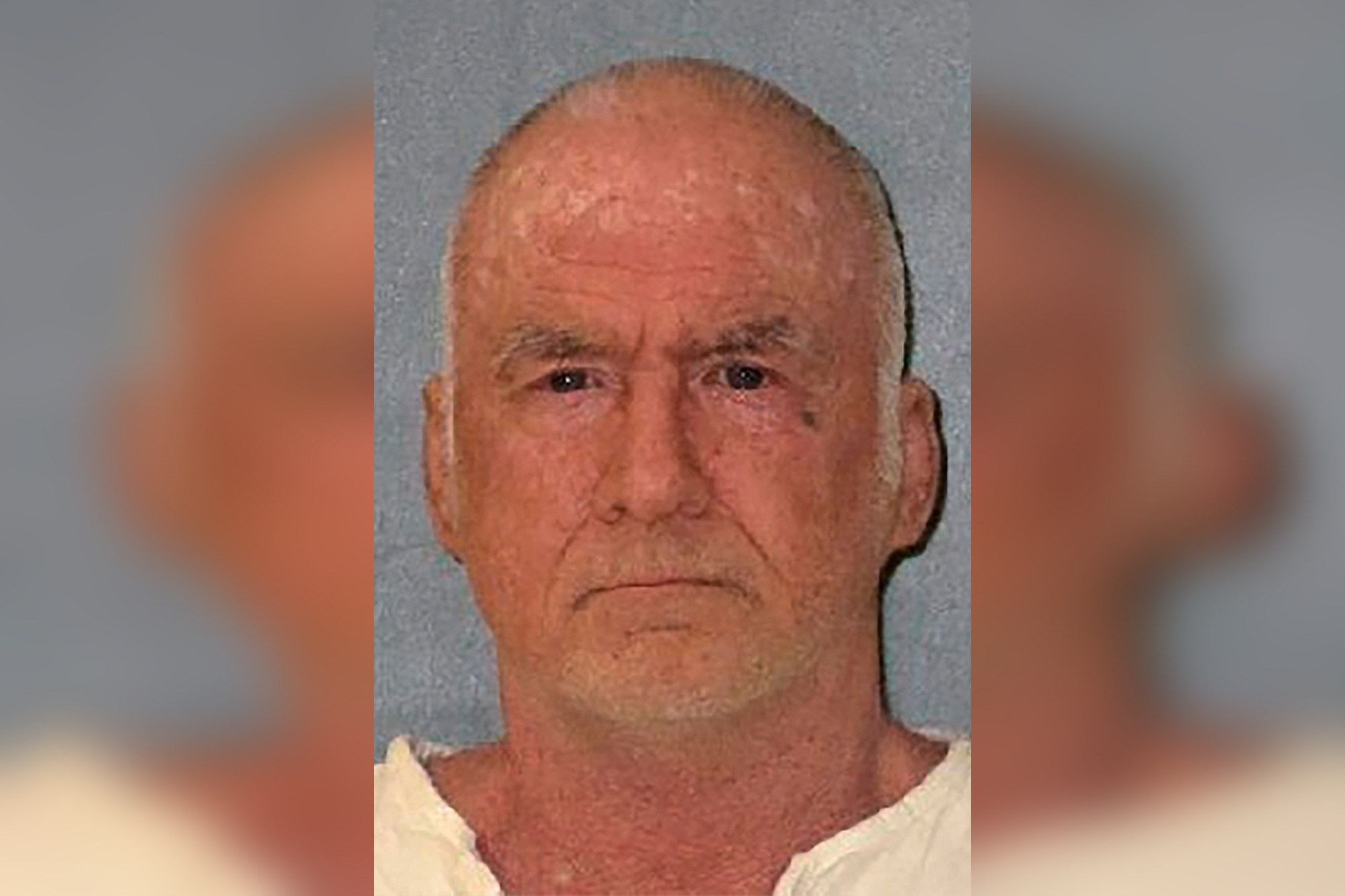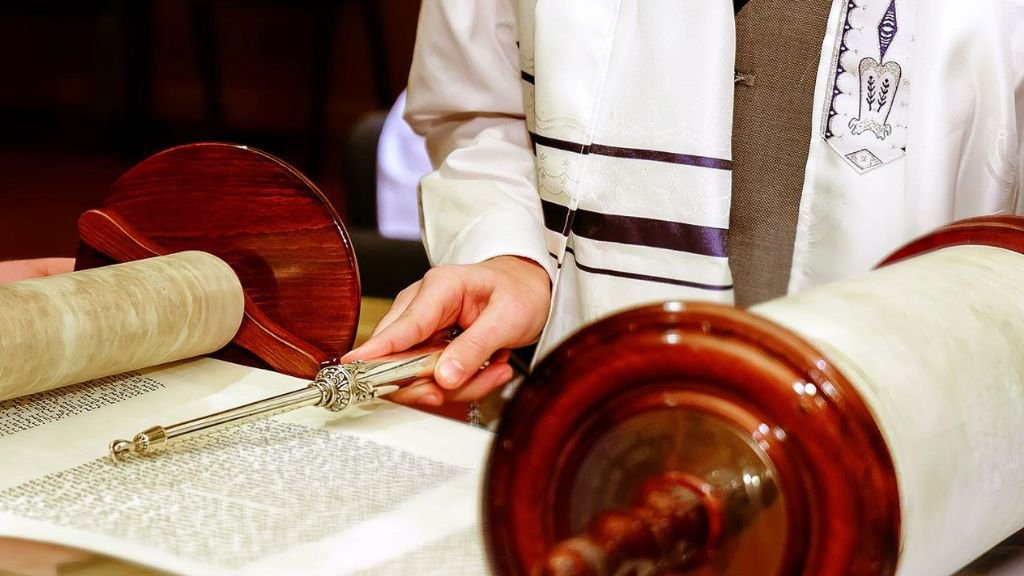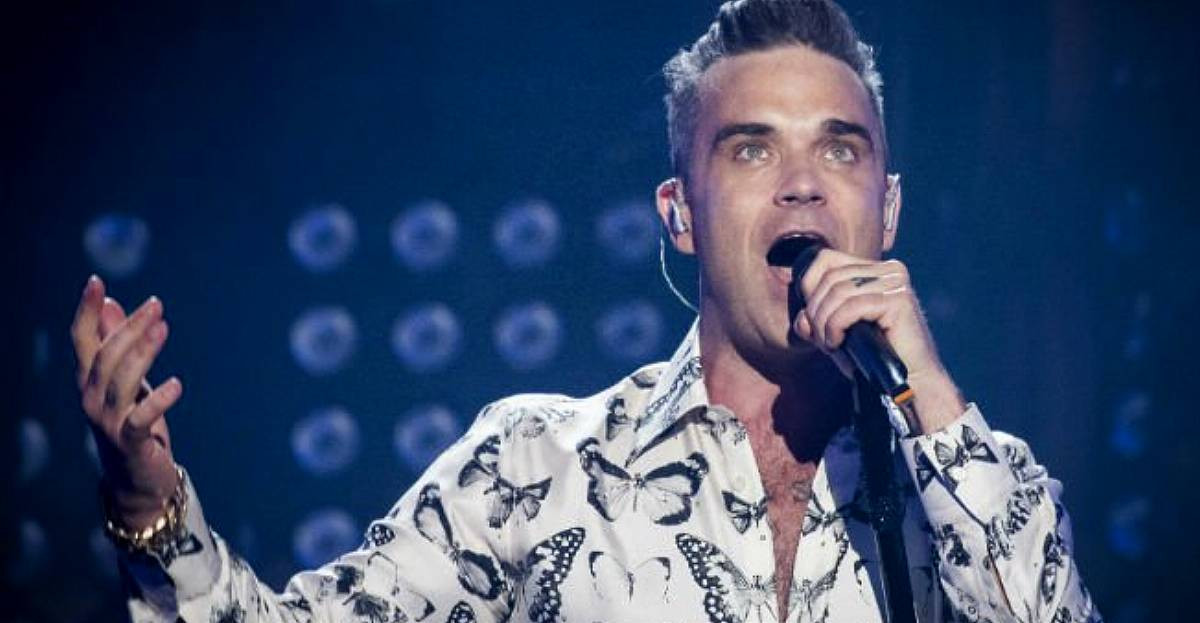Danny Boyle is my favorite filmmaker of all time: from Shallow Grave to Steve Jobs, few directors have a portfolio as uniquely broad while also thematically consistent as his. His films are either critically acclaimed or criminally underrated, and I have been waiting with rapt excitement for Boyle’s upcoming sequel: 28 Years Later. The last time Boyle decided to make a follow-up feature, 2017’s T2: Trainspotting, it blew me away: a middle-aged masterpiece of a lega-sequel. And while I certainly am still excited to see the follow-up to 28 Days Later, I have mixed feelings regarding the latest report.
Thanks to Wired, it has now been seemingly confirmed that the zombie sequel was shot on a collection of iPhone 15 smartphones - presumably the Pro Max variants for their larger displays (though as we’ll see later, that’s likely not the case). I’ve written previously about how the big marketing push for the iPhone range to replace cinema cameras is always apocryphal, and this latest example somewhat proves me right. Whilst you can pick up an iPhone 15 Pro Max for about $1,000, this is the most expensive production to ever use iPhone cinematography with a budget of $75 million. But there’s more to the story than that.
One of the many reasons I love Danny Boyle is his commitment to the visual texture of filmmaking. Steve Jobs shot on two different film stocks and a digital camera to reflect the changing time periods of its story, doing just as much to set the tone in each decade as the costumes or make-up team. 28 Days Later, too, was shot on Canon XL-1s: cheap 2000s camcorders, that also adds to the dingy aesthetic of the film. And on a budget of around $8 million, their affordability certainly didn’t harm the production either. With Boyle reuniting with Anthony Dod Mantle - the genius cinematographer of T2: Trainspotting and 127 Hours - the good-faith argument is that the iPhone 15 use is a continuation of that ideal: capturing a period aesthetically with the digital cameras that we all possess.
However, one look at the behind-the-scenes images effectively discounts that notion:
On the right-hand side of the image, we can see the iPhone 15 - or rather, we can’t. Bogged down in external gear such as a slider, EVF and a massive lens; you can barely tell there’s a smartphone in amongst it all. It somewhat defeats the notion of accessible filmmaking if you’re plugging in tens of thousands of dollars’ worth of gear on top. With an external monitor clearly visible, it seems you can’t even use the iPhone to view the footage.
To reiterate, I don’t think iPhones are necessarily a bad tool for filmmakers - especially low-budget filmmakers. On a budget of just $100,000, Sean Baker’s Tangerine is a testament to iPhone filmmaking: famously, in place of a dolly or steadicam, Baker just rode his bike around the cast for one shot. For those without the means to rent an Arri or a Sony, iPhones are a great alternative for use in all sorts of film mediums. However, they are a convenient alternative, rather than a comprehensive replacement. Daniel Pemberton, legendary composer of the Spider-Verse films who worked with Boyle on both Steve Jobs and Yesterday, responded with his take on Twitter which I think illustrates this well:
Pemberton used the iPhone’s voice memos because they were handy, and it proved effective so it didn’t need replacing: convenience. But with the incredible logistics of feature film production, from cast and crew to budgets and equipment hire, convenience isn’t really as applicable. Using an iPhone 15 on a film of this magnitude seems more like a constraint than a solution.
Boyle has some ties to Apple, having directed the aforementioned Steve Jobs in 2014, so it feels a little less “punk rock” if this was something decided by the financiers behind this blockbuster. I’d be curious to hear what Mantle has to say about working with this rig, and whether it helped or hindered his visual intentions. Nothing seemingly mandated the use of the iPhone 15 for this production, and the merit of size is discounted by the bulky rigs used to make the footage even passable by modern cinematic standards. The image above highlights a full sound kit, a follow-focus, and a trusty slider - all expensive pieces of gear. Filmmaking is still a heavily gatekept industry, and whilst shooting on iPhone somewhat democratizes that, it comes full-circle if you spend the least on arguably the most important filmmaking tool: the camera.
So if it’s not more convenient, not more practical, and not more visually impressive without equal or more effort; why should you shoot a blockbuster on iPhone?
Of course, the actual film 28 Years Later will have to stand on its own merit. As Daniel Pemberton went on to say:
The respect I have for all filmmakers involved on this production is immense. Pemberton is right: Danny Boyle always delivers. My concern is more about the narrative that the film could spawn. Same as the Weeknd music video that shot with the iPhone 16 Pro Max, if it takes millions of accessories - from lenses to lighting - to make iPhone footage not look ugly, then iPhones aren’t a feasible alternative to a full-fledged camera.
But then again, I’m the only person in this conversation without an Oscar nomination, so what do I know? One day, Hollywood: one day…
Danny Boyle’s upcoming zombie movie, 28 Years Later, was shot over the summer using only a bunch of adapted iPhone 15s, making the Hollywood thriller, with its budget of $75 million, the biggest movie to date filmed with smartphones.
28 Years Later is the follow-up to the hugely successful 28 Days Later, with Cillian Murphy, and the Robert Carlysle-led sequel 28 Weeks Later.
The original 2002 movie was described as genre-defining and was the first to portray zombies as scary fast rather than lumbering corpses, ala Walking Dead. It remains one of the greatest zombie movies ever made.
Set one month after The Rage Virus caused the complete collapse of civilisation in the UK, the post-apocalyptic survival thriller follows bicycle courier Jim (Cillian Murphy) after he wakes up from a coma and tries to make sense of the end of the world.
Boyle is joined by cinematographer Anthony Dod Mantle for the latest instalment. The pair won Oscars together in 2009 for their hit Slumdog Millionaire. Mantle was also a cinematographer on the original 28 Days Later, as well as Boyle’s films Trance (2013), T2 Trainspotting (2017), and 127 Hours (2010).
The pair’s kick-off movie, 28 Days Later, was filmed with an innovative-for-the-time digital camera – one of the first Hollywood feature films shot with a Canon XL-1. For the latest horror treat though, Boyle relied entirely on iPhone 15s – not even the latest phone.
Several people involved in the film confirmed to WIRED that the primary camera system used in 28 Years Later was an iPhone 15 Pro Max and apparently, Boyle and Mantle couldn’t obtain the latest iPhone 16 series since filming began too early.
Several arthouse films have previously been shot with iPhones, including Sean Baker’s Tangerine (2015) and the Steven Soderbergh drama Unsane (2018).
We can’t wait, and in case you forgot how terrifying the previous instalment was, here’s a bloody reminder.




